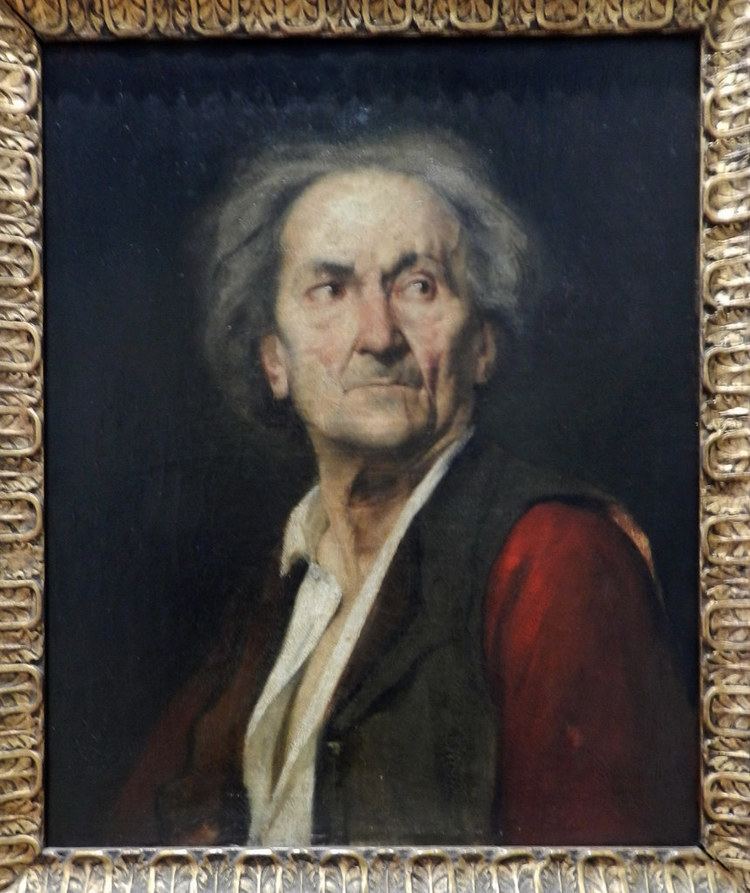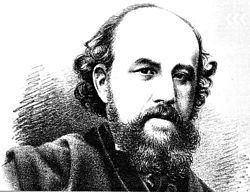Name Ignacio Merino | Died 1876, Paris, France | |
 | ||
James holden julie thompson nothing 93 returning mix ignacio merino rework bass 1 11 5pitch
Ignacio Merino Muñoz (30 January 1817 in Piura – 17 March 1876 in Paris) was a Peruvian painter who spent much of his life in Paris. He specialized in historical and costumbrista works.
Contents
- James holden julie thompson nothing 93 returning mix ignacio merino rework bass 1 11 5pitch
- Aniversario ignacio merino
- Biography
- References

Aniversario ignacio merino
Biography

His father, Don José, was a judge, district administrator and military commander. His mother Doña Micaela, was from an aristocratic family in Trujillo. At the age of ten, he was sent to study in Paris, where he earned his Bachelor's degree and became interested in art.

He studied with Raymond Monvoisin and Paul Delaroche, who inspired his interest in history painting. Also as result of Delaroche's influence, he tended to focus on themes from European history, whereas his Peruvian-themed paintings were generally in the costumbrista category.

Back in Peru, he became Assistant Director, then Director of the "Academy of Drawing and Painting", founded by José Fernando de Abascal, where he taught or otherwise influenced the careers of other prominent painters, such as Luis Montero, Francisco Masías and Francisco Laso. During the 1840s, he created a series of portraits devoted to Peruvian saints, including Rose of Lima and Martín de Porres.
In 1850, he had an opportunity to study with Eugène Delacroix, and returned to Paris. He would remain there for the rest of his life. It is said that an exhibition of his costumbrista paintings served as the inspiration for Martin Paz, an adventure story by Jules Verne, which was set in Lima. Upon returning to Paris, he produced 92 wood engravings for a luxury 1854 edition of Esteban de Terralla y Landa's 1797 satire Lima por dentro y fuera, collaborating with Parisian printer A. Mézin and draftsman A. Jourdain. Many of these engravings, including landscapes, portraits, and popular scenes, served as studies for later canvases of costumbrista themes.
It was there he created his best-known painting, Colón ante los doctores en Salamanca which was purchased by the government of President José Balta) after winning a third-place medal at the "Exposition des Beaux-Arts". He was also inspired by European literature and created works based on the writings of Shakespeare, Sir Walter Scott and Cervantes.
He died of tuberculosis in 1876. Having never married and without an heir, he ceded his estate to the Municipality of Lima. This included 33 paintings which, in 1925, were the first acquisitions of the newly founded "Pinacoteca Municipal Ignacio Merino," administered by the Municipality of Lima to the present day.
